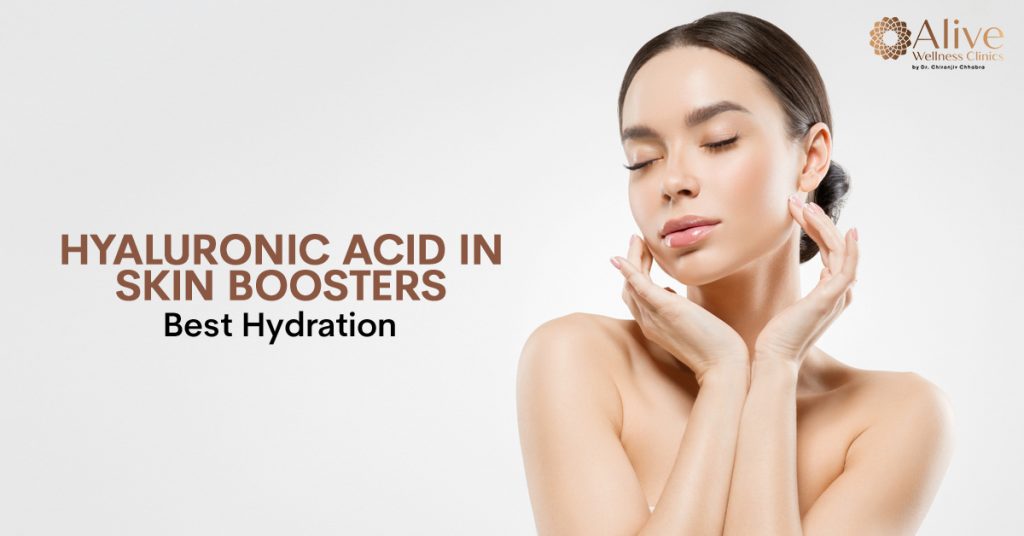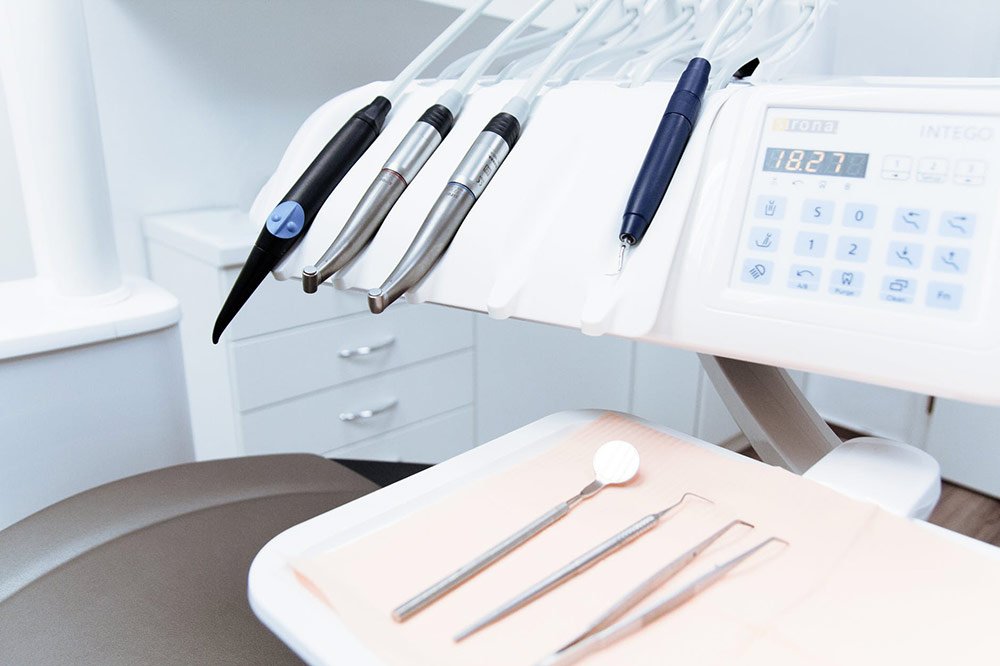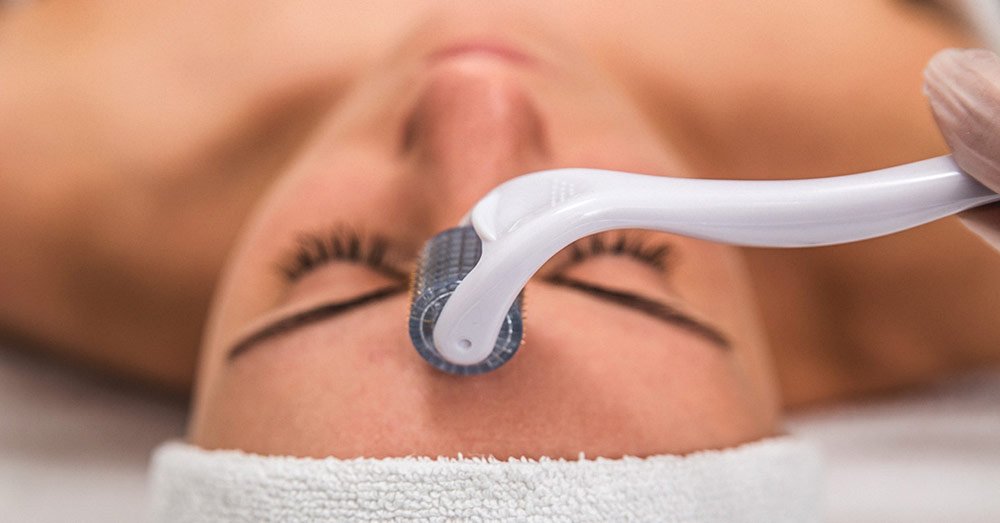Since the launch of
Botox in 1989 which shook the world with its amazing results for wrinkle reduction, the world has seen a plethora of injectables coming out and taking the world by storm. In 2023, we have dozens of tried-and-true injectables at our disposal. Skin boosters or ‘skin-quality injectables’ are a niche group of hydrating, smoothing hyaluronic acid-based potions that have been flowing through syringes across the world.
Skin boosters have quickly cemented their place in people’s
skincare clinic near me. Young patients often seek rejuvenation and radiant ‘glass skin’ for which skin boosters are a great option. Older patients love the increase in hydration boosters give, as their skin gets drier with age.
There are multitudes of skin boosters available in the market with various formulations and cocktails of active skin ingredients. However, one of the most popular variants of
skin boosters is the one with hyaluronic acid formulations. These skin boosters use the hydrophilic properties of
hyaluronic acid to deeply rehydrate the skin. In the case of skin boosters, hyaluronic acid doesn’t have the function to create volume, but to hydrate, plump, and nourish the skin deeply and durably to counteract the effects of skin aging.
The term skin booster was first coined by Galderma laboratories within their range of Restylane- a reference in hyaluronic acid. It has now become a generic term that describes a family of facial aesthetic medicine treatments that use the moisturizing and hydrating properties of hyaluronic acid.
What is hyaluronic acid?
Hyaluronic acid is a naturally occurring substance found in the tissues of all living organisms. Hyaluronic acid has a hydrophilic effect, which means that retaining water is one of its main properties. It helps maintain the elasticity of the skin and connective tissue and its three-dimensional structure.
A person manufactures and destroys about 5 grams of hyaluronic acid every day for tissue renewal. With aging, the production of hyaluronic acid by the body slows down, and the skin becomes less hydrated and loses its elasticity and firmness.
Hyaluronic acid in skin boosters
Hyaluronic acid is the most important compound of skin boosters, however, there definitely are some differences between skin boosters and ‘classic’ injections of hyaluronic acid. These two types of treatments do not yield the same results, making the distinction between the two quite apparent.
There are several types of hyaluronic acids depending on their density. In certain types of hyaluronic acid injection, a highly cross-linked solution is used to obtain a maximum volumizing effect. This is particularly the case of injections to plump the lips or accentuate volume in certain parts of the face such as cheekbones. When it comes to providing solutions for wrinkles on the face, forehead, neck, or décolletage wrinkles, a less crosslinked hyaluronic acid offers better results.
The hyaluronic acid present in the skin boosters is usually moderately crosslinked and consists of fine particles or microdroplets. Unlike hyaluronic acid used in fillers, it doesn’t change volume but focuses on moisturizing, repairing, and nourishing the skin at the deepest of layers.
One of the best things about skin boosters is that work on all skin types and delivers amazing results across all age groups, making it a viable solution for a plethora of skin needs and issues.
For people who have young skin with a few wrinkles but are experiencing a loss in facial tone and elasticity. For this type of skin, skin boosters help prevent sagging skin and slow down the appearance of wrinkles by providing the skin with hydration and tone. They also help to give a new radiance to the complexion and help with the appearance of wrinkles and fine lines.
For people with mature skin (40 and above), skin boosters can help with skin aging by improving the quality, firmness, and texture of the skin. They help to reduce wrinkles by restoring the skin’s hydration levels. Offering significant results in the face and lips, skin boosters can also be injected to improve the appearance of the skin in the neck, arms, or thighs.
In general, the skin boosters help in:
- Improving the hydration level of the skin,
- Making the skin more elastic and firmer,
- Smoothening the skin,
- Improving the texture of the skin (wrinkling effect on the décolletage or the cheeks),
- Refining the grain of the skin,
- Making the skin more radiant,
- Slowing skin aging and sagging of the skin,
- Delaying the appearance of the first wrinkles,
- Mitigating the effects of photo-aging,
- Filling existing wrinkles,
- Reviving collagen production in the body.
One can attribute the rise in popularity of skin boosters to the immaculate results they produce. Skin boosters provide dehydrated skin with intense hydration to revive the dermis. Skin boosters specifically work to target dryness, crepey skin, and fine lines – making them the perfect alternative to anti-wrinkle treatments available in the market. Alongside hydration and correction of fine lines, skin boosters also work wonderfully to improve both the tone and texture of the skin.
Conclusion
Boggled by the sheer amount of information and advertisements on Skin boosters, every product claiming to be the next revolutionary formula that can take your skin from drab to fab in an instant is sure to leave you overwhelmed and confused.
This is precisely the reason why one needs to have a trusted doctor to steer them through the clutter. A qualified skin expert is the best bet for finding a formulation and treatment that would best suit your skin needs. At
Alive Wellness Clinics best dermatologist clinic in Delhi, our team of experienced professionals is adept at creating custom treatment plans for our clients based on their individual skin needs.
Book a consultation today and simplify your quest for radiant, beautiful skin.



